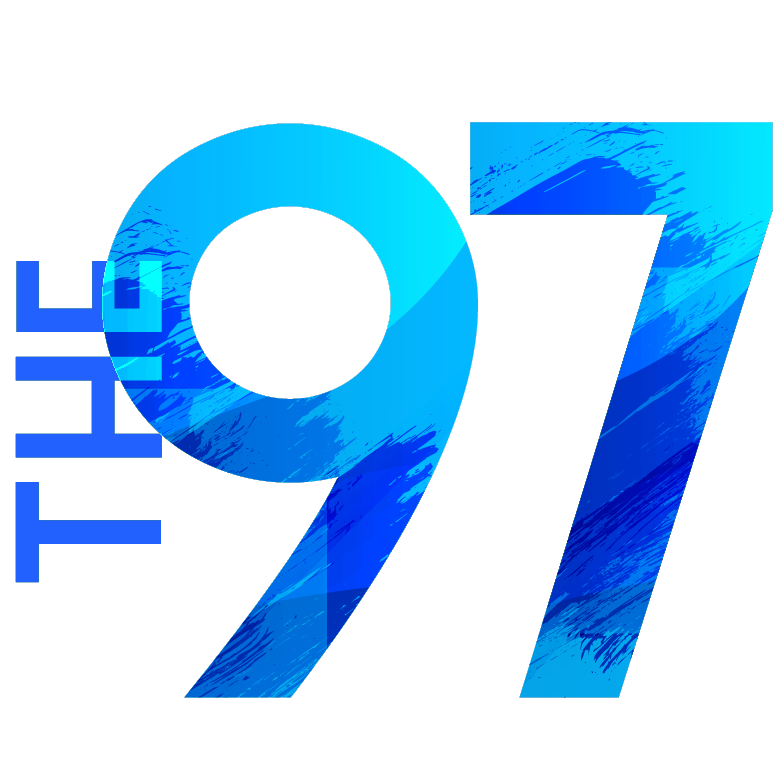In 1992, a young Mariah Carey still had a lot of people to prove wrong. With two #1 albums, 5 #1 singles, and 2 Grammy Awards, she had accomplished a lot for a 22 year old with barely 2 years in the music business under her belt. Despite her success, there were still rumors that she was simply a studio singer, and couldn’t hold it together for an entire live performance, based on her lack of touring behind either of her two albums. She would soon silence all the critics with a game-changing appearance on MTV’s Unplugged series. She performed 6 of her own songs, and following the tradition of the series, one cover.
Rewind back to 1970, for a moment. The Jackson 5 are on fire. They’ve already scored 3 number one hits, and show no signs of changing that pace. Berry Gordy, the head of Motown Records, decides to take a risk, and depart from the upbeat bubblegum soul the group has been successful with, and crafts them a ballad. “I’ll Be There” quickly becomes another number one for the group, proving that they can achieve success with more than one sound.
Back to Mariah. She chose the Jackson 5’s “I’ll Be There”, which she chose to maintain as a duet and incorporated back-up singer Trey Lorenz as her singing partner for their show-stopping rendition. The two trade lines back and forth throughout, showcasing each their soulful vocal abilities. Trey momentarily steals the show with a falsetto high note that could be mistaken for a lower range Mariah whistle note, but Mariah retains central attention throughout.
In a rare occurrence at the time, the fans demanded the single release, and the label didn’t expect it. While covers are not strangers to the Hot 100’s crowning position, a live cover, with no accompanying studio version topping the chart is an extreme rarity. It is also only the eighth song to top the chart as performed by two different acts, joining songs such as “The Loco-Motion,” “When A Man Loves A Woman” and “You Keep Me Hangin’ On” which also hold the honor. While the song was a return to form for Carey after the underperformance of “Make It Happen,” it also marked Carey’s breakthrough outside of North America. The song cracked the top 20 of the charts in a number of European markets and would begin a trend of European interest in Carey’s non-composed recordings.
Over the years she has frequently incorporated the song into set lists for tours and live televised appearances, most notably performing it at the memorial service for Michael Jackson. She also gained two Grammy nominations for her performance, but in a noticeable trend at the Grammys, found herself leaving empty-handed. Despite the lack of a Grammy, the song remains one of her most well-known covers worldwide and helped propel her to yet another level of superstardom.






